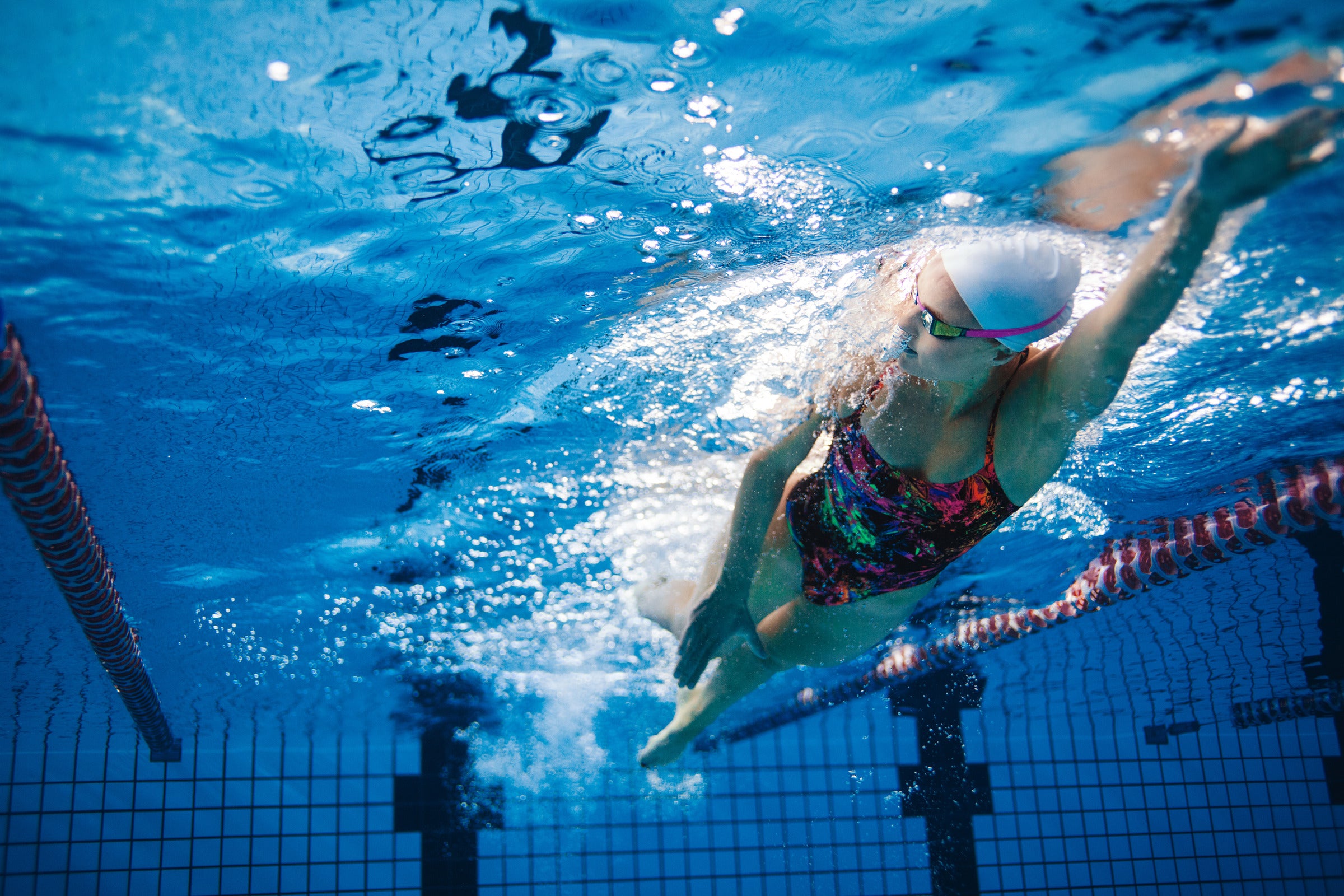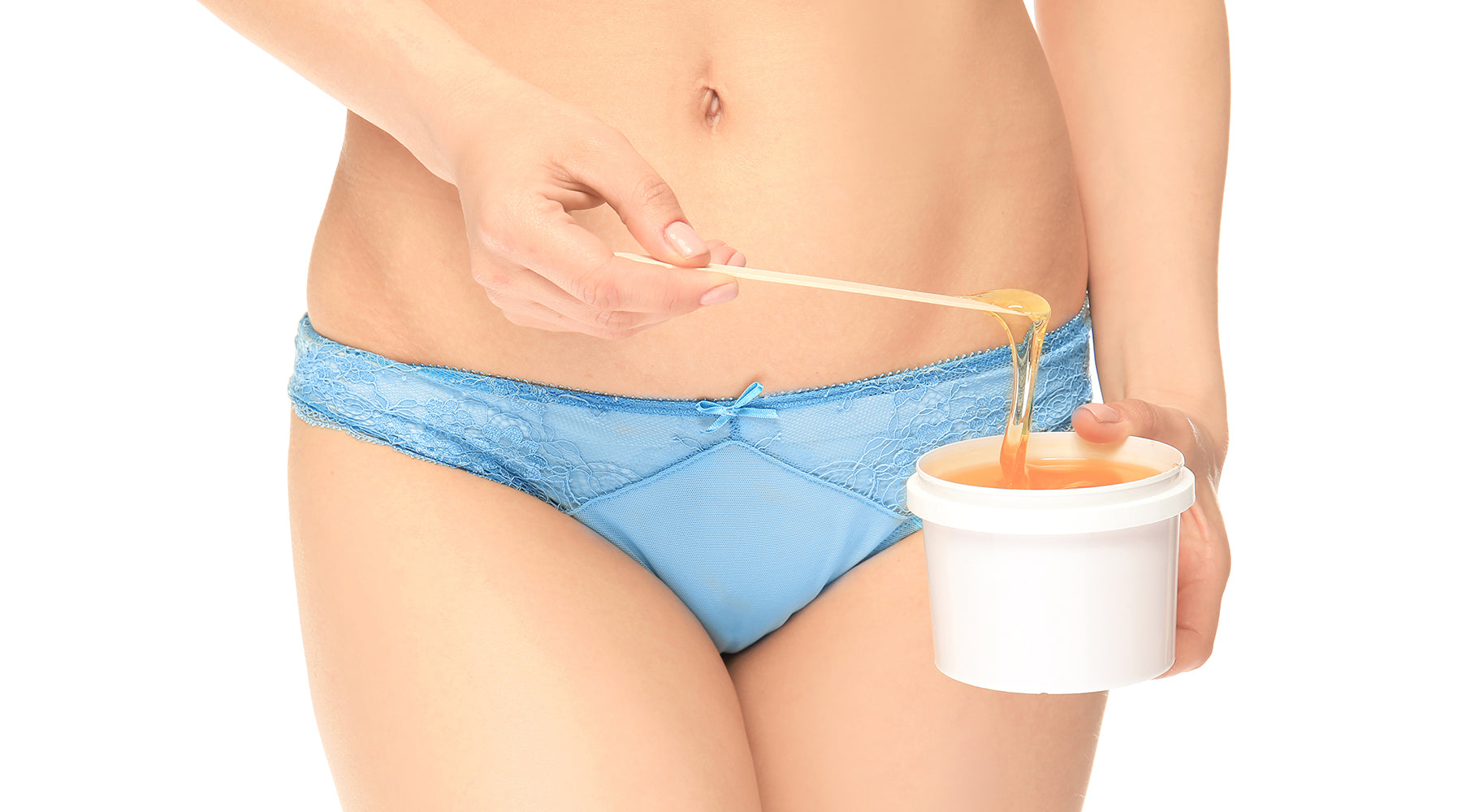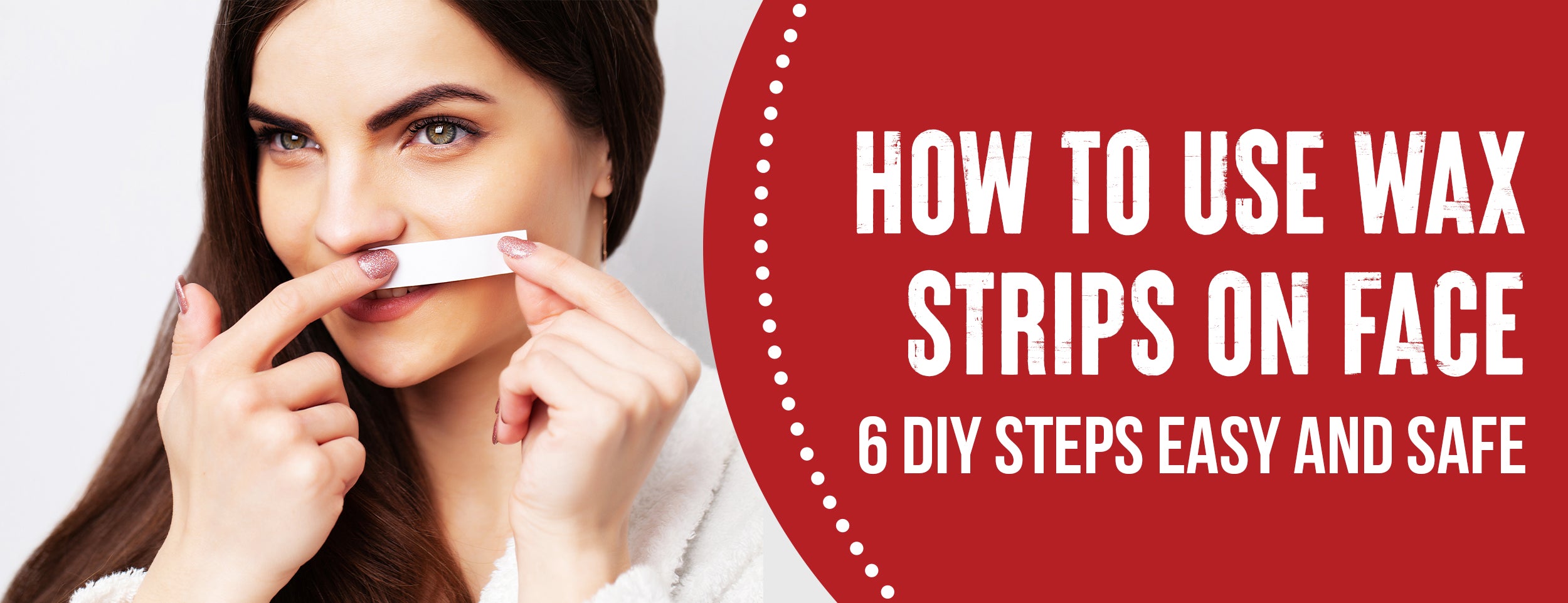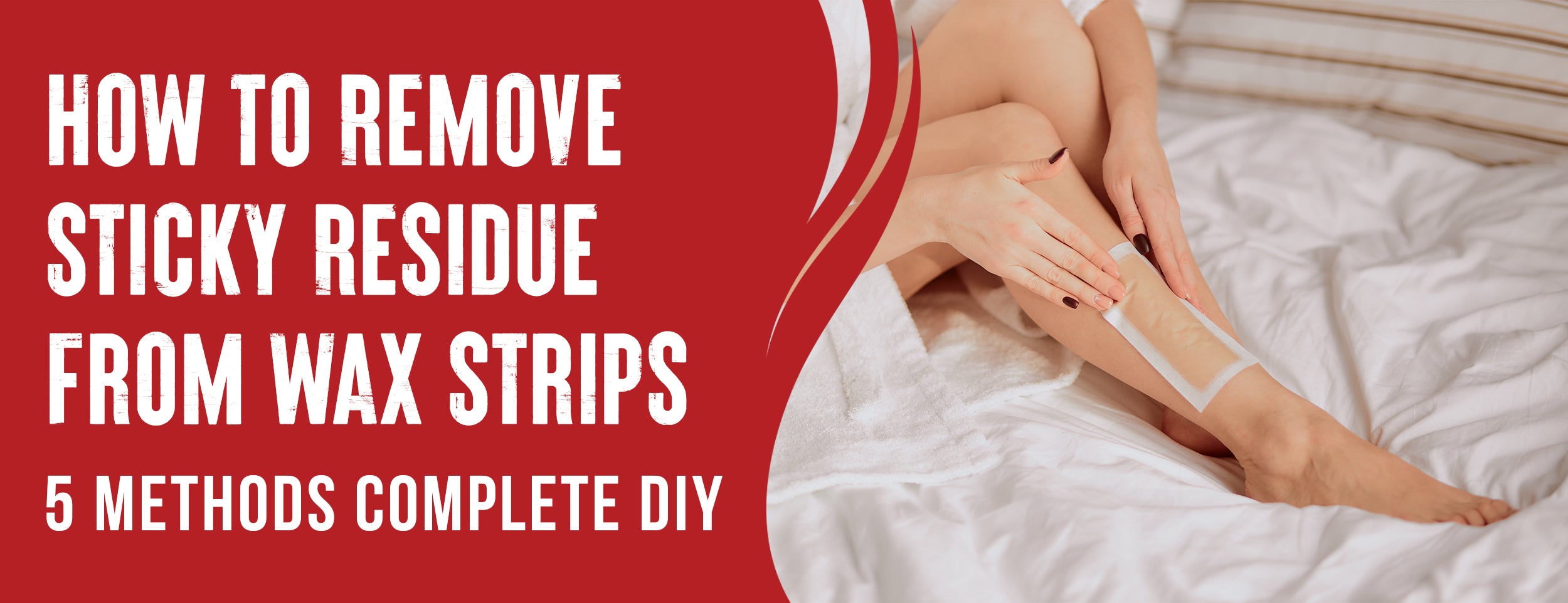Hair removal exposes the skin to chemicals and UV rays. Chlorinated pools and salty sea water have a drying effect on the skin. That waxing doubles as an exfoliating treatment because it removes the dead cells on the body's surface.
After waxing, give your pores 24 hours to close up before swimming. Entering a swimming pool with open pores may irritate the skin and increase infection risk. You should wait at least 14 days before swimming or exposing your freshly waxed skin to chlorine.
In this blog post, we'll explore the various factors and risks of swimming after a bikini wax, hygiene safety precautions, and alternative options to stay comfortable and irritation-free.
Can You Swim After A Bikini Wax: 3 Risks

After a bikini wax, many of us want to cool down and ease the pain in the pool right away. Bikini waxing can pose several risks to your skin health, especially in sensitive areas. Understanding the potential risks before taking a dip in the pool is essential.
Skin Sensitivity and Vulnerability
A bikini wax exposes the skin underneath by removing hair from the root. Because of friction and moisture from tight-fitting clothing, sweating, and other activities, the skin in the bikini area is already sensitive and prone to irritation. The skin can be irritated by salty or chlorinated water, causing discomfort, pain, and infection.

Virus and Bacteria Infections
Various microorganisms, such as bacteria and viruses, can cause infections such as folliculitis, dermatitis, and herpes in pools and other public water bodies.
These microorganisms can enter the body easier after a bikini wax because of the open pores and minor cuts in the skin. Swimming in contaminated water should be avoided, and good hygiene must be maintained.
Irritations of the Skin
Swimming after a bikini wax can also trigger several symptoms of skin irritation, such as redness, itching, rashes, bumps, ingrown hairs, and cellulitis.
Hair removal, friction, moisture, and microorganisms cause these symptoms. Further complications can result from ignoring these symptoms.
Swim Safely After Bikini Wax: 6 Hygiene Precautions

If you are planning to hit the beach or pool after getting a bikini wax, taking some precautions is essential to ensure you don't get an infection or irritation—tips for swimming after bikini waxing to maintain hygiene and safety.
Choose a Clean and Safe Environment
The best choice is swimming in a private pool or natural water with good quality and minimal pollution. Infections can occur in public pools and hot tubs because of bacteria.
Apply Protective Products
A barrier cream or oil applied to the bikini area before swimming can protect the skin from chlorine or salt. Ensure the product contains natural or organic ingredients that do not contain harsh chemicals.

Wear Swimwear
Clothes that are too tight or made of synthetic materials can cause friction and irritation. Choose cotton or other natural materials for breathable swimwear to reduce friction and discomfort.
Pre-Swim Hygiene
Use mild soap and water to clean the area before hitting the water. By doing so, sweat, dirt, or bacteria will not cause irritation or infection. Ensure you rinse the soap off thoroughly, pat dry with a clean towel, and don't apply any creams, lotions, or oils.
Wait for 24-48 hours
If you want your skin to heal properly after a bikini wax, wait at least 24 hours before swimming. Depending on the type of bikini wax, the sensitivity of the skin, and the surrounding temperature, the waiting time may vary.
Post-Swim Hygiene
Clean the area after swimming. Avoid scratching or rubbing your skin; do not apply creams or lotions. Infections are prevented, and the skin's natural balance is maintained.
2 Alternatives to Swimming After a Bikini Wax

After a bikini wax, explore alternative activities to swimming to minimize potential risks. Embrace outdoor pursuits like hiking, cycling, or indulging in a lakeside picnic while pampering your skin. Opt for activities that cater to your post-waxing needs, ensuring a comfortable experience.
Sunbathing
A bikini wax can also be followed by a day of sunbathing. Soak up some rays on a comfortable sun lounger or towel. Along with the beautiful scenery, you can also benefit from sunbathing as it improves your skin, boosts your mood, and relaxes you.

Using a Floatie
After a bikini wax, floaties are a safe option for some water time. Infections and irritations do not have to stop you from enjoying the water.
Floaties allow you to enjoy the sun and relax on floaties while staying safe and maintaining the health of your newly waxed skin. Floaties offer the following benefits:
- Floating provides a relaxing experience.
- On hot days, it helps you cool off.
- Pools, lakes, and oceans can all be treated with it.
- You can play it alone or with a group of friends.
- Exercise your body essentially.
Conclusion
After a bikini wax, swimming may seem tempting, but it's essential to be cautious. Swimming too soon can lead to infections and irritations.
The skin is more vulnerable after waxing, so it's crucial to consider the risks before jumping into the water. Waiting 24-48 hours and following hygiene and safety precautions is essential for preventing complications in healing after a bikini wax.
To ensure a safe and comfortable outcome, avoid swimming and opt for alternative activities if you have doubts about your skin's healing status.

![Swimming After A Bikini Wax: 3 Considerations & 3 Risks [With 6 Precautions & 2 Alternatives]](http://drnumb.com/cdn/shop/articles/Can_You_Swim_After_A_Bikini_Wax__3_Risks_6_Precautions.jpg?v=1708074155&width=1100)










